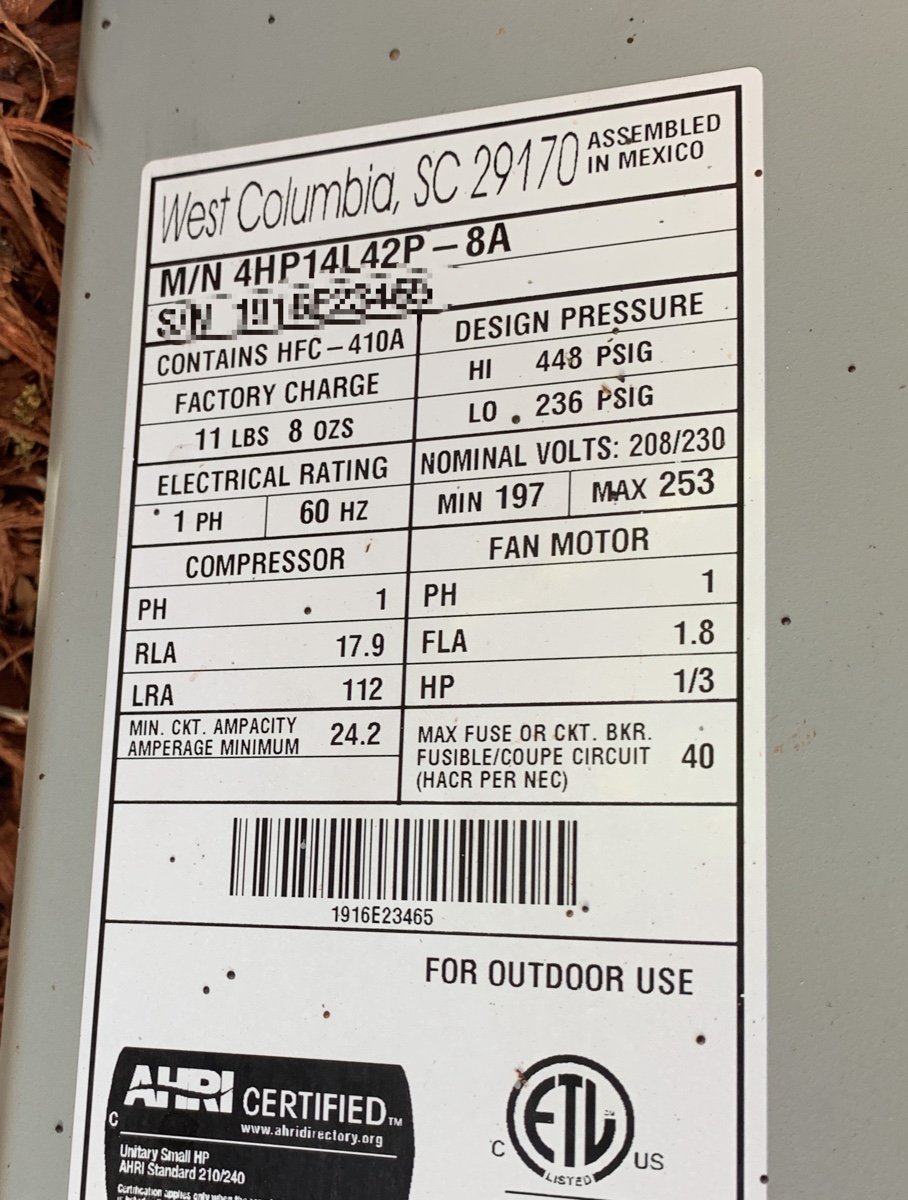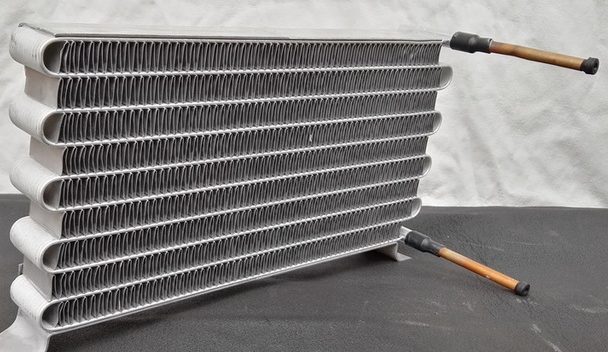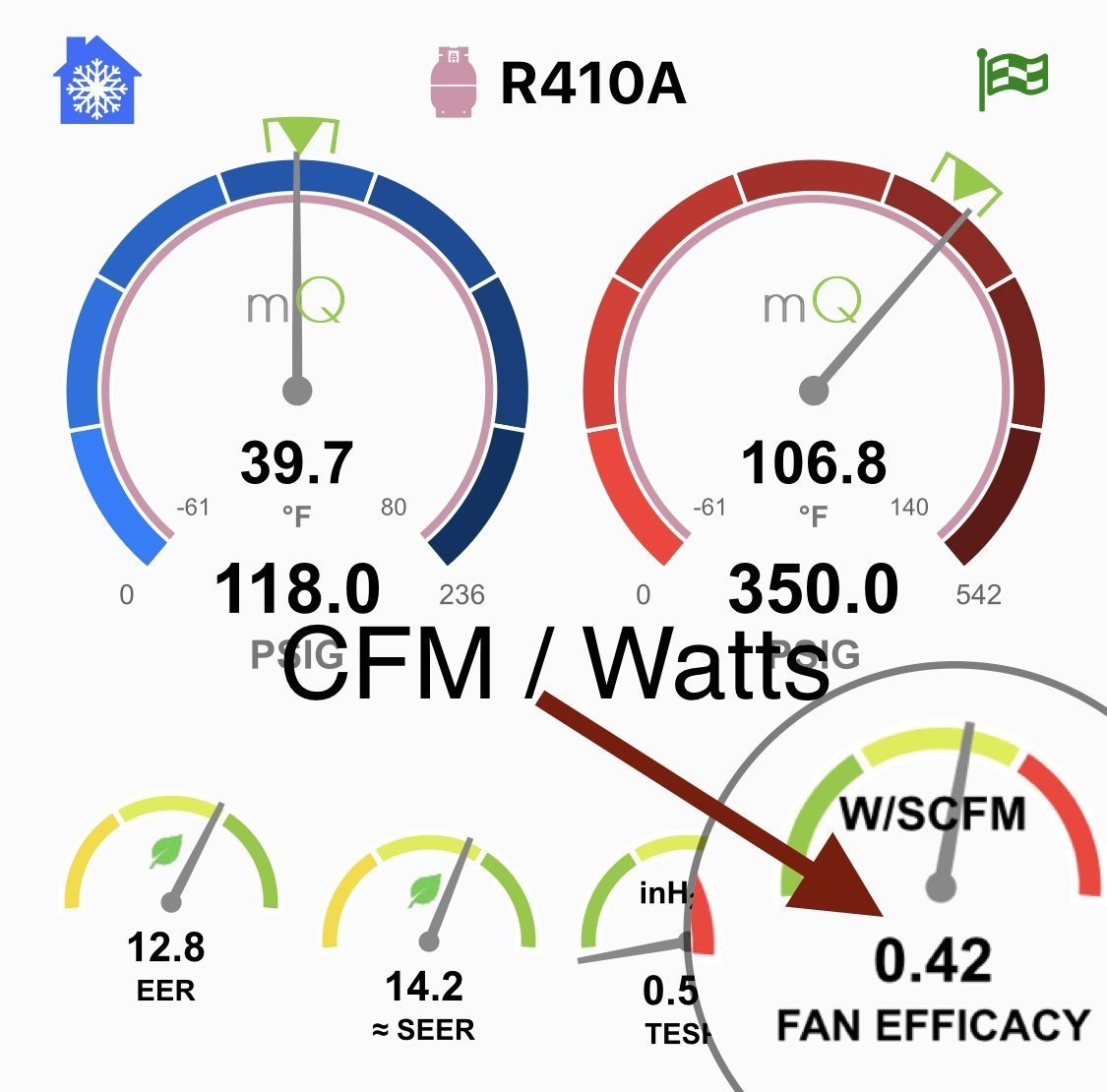Get Tech Tips
Subscribe to free tech tips.
Underlying Problems That Get Missed

Today, I ran a service call with another tech where the previous tech had diagnosed an intermittent piston restriction. I read the history beforehand. For the past several years, there were many assorted comfort complaints and a lot of minor charge adjustments in both the summer and winter. It is worth noting here that the system, like many in our market, was a heat pump.
There were mentions of freeze-up during the summer and high-pressure cut-out during the winter, which had me thinking it was an airflow issue even before we arrived.
As we pulled up, I noticed it was a townhome community with four homes per building.
There was no tenant home, so we accessed the home via lockbox, and as we walked up the stairs, I noticed the home was quite small, with two bedrooms and two baths. When we opened the air handler closet, it was… 3.5 tons.
The place had 12″ x 12″ tiles on the floor, and it was a simple rectangle, so we counted up length x width, and the entire home was just under 1200 sqft.
Now, sqft per ton is no way to do a load calculation, I admit it.
But this townhome had occupied spaces on both sides, meaning the only exposures and windows were on two sides, with big trees shading the back. The building was built in 2007, and this system was installed in 2016.
What's the next move you would make?
Common Sense
The great thing about having four other near-identical units on the building is that we can easily see what tonnage they had installed, and they were 2-ton units. Makes more sense.
So, in 2016, some fly-by-night company hacked in a 3.5-ton unit rather than using a 2-ton that may have been a little oversized in the first place, given the low loads on this home.
The result is a system that is running REALLY low airflow, resulting in low evap temperature and low superheat in the summer and high head pressure in the winter. Techs had tried to “fix” the problem each year with little charge adjustments rather than finding and fixing the underlying issue.
After walking around the home, we found some vents closed—likely because they were blowing somebody's wig off with the high air velocity.
We went into the attic and found some ducts unsealed, some insulation pushed out of the way, and two bath fans venting freely in the attic.
None of this required fancy tools or advanced diagnostic techniques to diagnose, just some common sense, some looking around, and a little comparison to figure out the story.
Elementary, my dear Watson. Elementary.
—Bryan










Comments
To leave a comment, you need to log in.
Log In